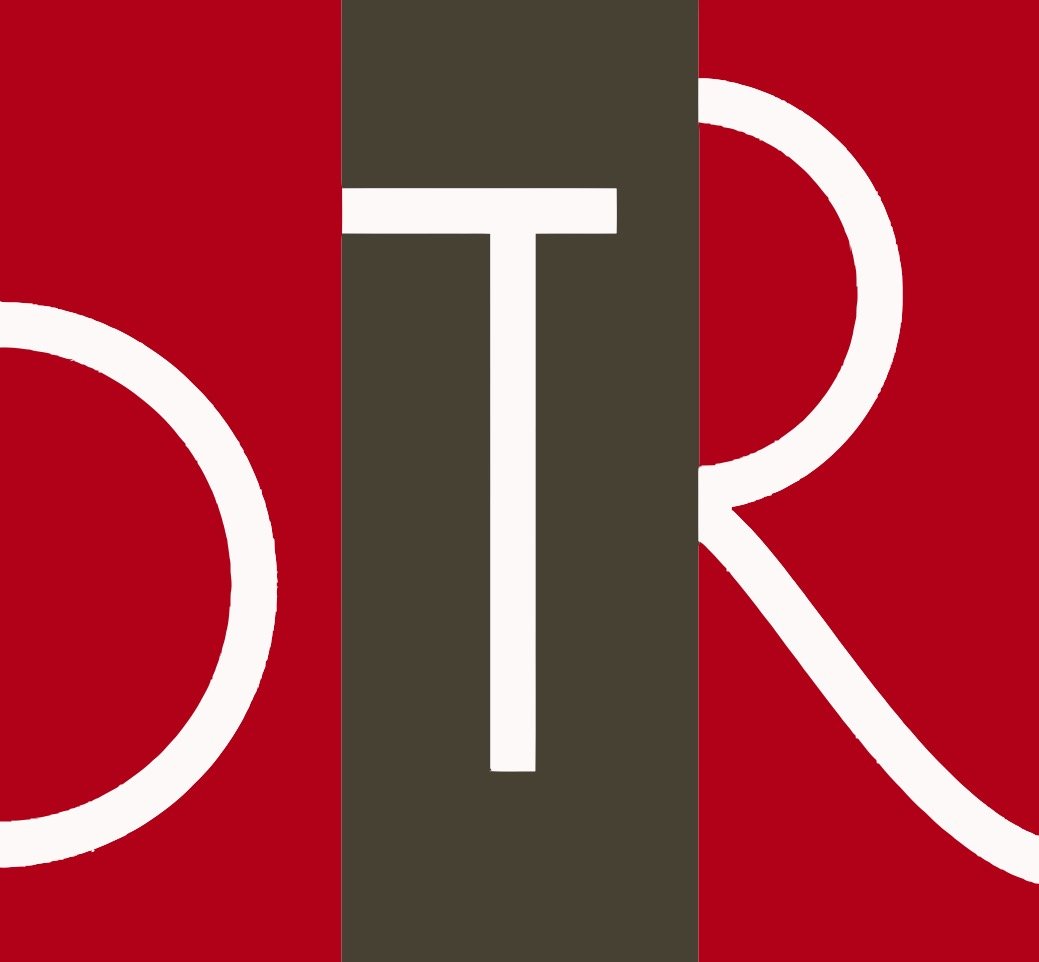FERNANDO BOTERO — Praised originator of Boterismo
Fernando Botero is a Colombian artist known for creating bloated, oversized depictions of people, animals and elements of the natural world. Born in Colombia in 1932, Fernando Botero left matador school to become an artist, displaying his work for the first time in a 1948. His subsequent art, now exhibited in major cities worldwide, concentrates on situational portraiture united by his subjects' proportional exaggeration. Throughout the 1950s, Botero experimented with proportion and size, and he began developing his trademark style — round, bloated humans and animals — after he moved to New York City in 1960. The inflated proportions of his figures, including those in Presidential Family (1967), suggest an element of political satire, and are depicted using flat, bright color and prominently outlined forms — a nod to Latin-American folk art. And while his work includes still-lifes and landscapes, Botero has typically concentrated on his emblematic situational portraiture.
ABOUT FERNANDO BOTERO
After reaching an international audience with his art, in 1973, Botero moved to Paris, where he began creating sculptures. These works extended the foundational themes of his painting, as he again focused on his bloated subjects. As his sculpture developed, by the 1990s, outdoor exhibitions of huge bronze figures were staged around the world to great success. In 2004, Botero turned to the overtly political, exhibiting a series of drawings and paintings focusing on the violence in Colombia stemming from drug cartel activities. In 2005, he unveiled his "Abu Ghraib" series, based on reports of American military forces abusing prisoners at the Abu Ghraib prison during the Iraq War. The series took him more than 14 months to complete, and received considerable attention when it was first exhibited in Europe.

